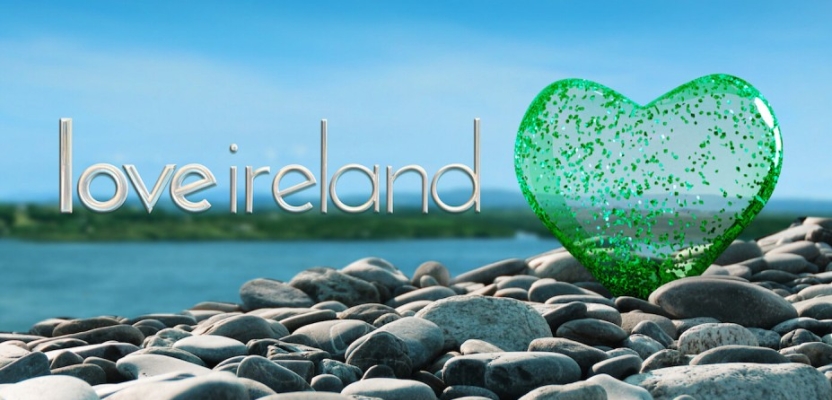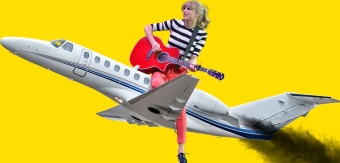If sarcasm is the lowest form of with then parody surely can’t be fair behind. Parody is a well-tried and tested form of humour used in everything from comedy sketch shows to major motion pictures. It’s an artistic form in and of itself, sometimes referred to as a spoof, with elements of pastiche.
It’s a form of comedy that’s been a staple of cinema for generations and for every Airplane or Naked Gun there are a hundred Epic Movies (don’t Google it, trust me). In the world of advertising, it’s a common tactic as the world of parody allows creatives to effectively have their cake and eat it by obviously referencing beloved IP without having to pay for the right to use it.
These humorous and often satirical commercials mimic existing advertisements or well-known brands to create a comedic spin. But are they merely a lazy shortcut, or do they serve a purpose beyond entertainment and an easy pitch?
What Are We Parodying?
Before diving into parody, advertisers must decide what aspect of the art form they want to mock. Is it the genre, language, style of speech, costumes, or attitudes? Understanding this concept is crucial for a successful parody. For example, the BBC radio show “Bleak Expectations” restricts its parody to the language of Dickens, while other parodies may strike for multiple targets.

Alexandra McCarthy parodies Animal Crossing and US sitcom It’s Always Sunny in Philadelphia
The key to a good parody is in the depth of appreciation and respect for the source material. There’s so much more depth and nuance to a parody that truly understands what it’s taking the piss out of and why.
Contrast Against Real Art Forms
Effective parody requires a stark contrast with the original art form. Something from the source material must remain recognizable. Take the classic Holsten Pils adverts featuring Griff Rhys Jones, often declared as some of the greatest beer ads of all time. His character wasn’t part of the original films used, but the use of original clips and language from the classic films contrasted amusingly with his more modern (for the late 80s, at least) personality.
Immediate Recognition
Parodies must be immediately recognizable to the target audience. If the source material is too obscure or unfamiliar, the parody will fall flat, which is why generic or widely understood genres tend to work best. A parody becomes funny when it places familiar impressions into unexpected contexts and if the audience doesn’t know the source material, then the whole point of the spoof collapses.
Creativity and Innovation
Successful parody ads showcase the creativity and innovation of the team behind them and reflect just as much on the spoofers as the spoofees. They go beyond mere impressions and reimagine characters in recognizable genres. By violating our expectations, they create humour. For instance, Alistair McGowan or Rory Bremner impersonating political figures isn’t inherently parody but placing those impressions in an unexpected context turns it into a parody.
Parody Ads That Got It Right
Specsavers DO Lynx
The frankly ridiculous Lynx Africa ad that saw hoards of attractive, bikini-clad women swarming a bloke because he happens to spray himself with deodorant made for teenagers got a really smart roasting here. Specsavers as a brand has never been accused of being short-sighted when it comes to topical ad campaigns, and the first video in this run-down is a great example of how it can imitate a well-known ad, add a splash of sight-related humour and come out with a legitimate winner.
IKEA DO Apple
With its simple, clean, easy to recognise style, chirpy music and enthusiastic developers speaking to camera, Apple makes itself an incredibly easy target to parody. What makes this ad special was the fact that no one saw it coming – it was made by that Swedish dark horse, IKEA.
Dove DO Dove
When in doubt, why not parody yourself? Dove is another brand that has proven an easy target for parodists, but they really threw all the stops out when they decided to take the piss out of their own “naturally beautiful” messaging.
Not All Parodies Are Created Equal
Parody ads may seem lazy on the surface but dig deeper and you’ll find they require a certain degree of creativity, wit, and technical proficiency. Without that, you’re left with little more than a shadow of an idea. When done right, however, they have the power to entertain, engage, and even elevate brand awareness in a way that feels relevant and reflective of modern culture.
So, the next time you encounter a parody ad, don’t just write it off, give it a chance and see if you can appreciate the artistry behind the humour. Or I might be wrong but it could be worse; you could have waste 90 minutes in front of an asinine parody film rather than 30 seconds in front of an asinine parody ad.




